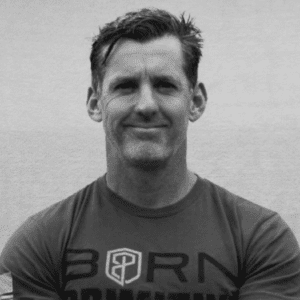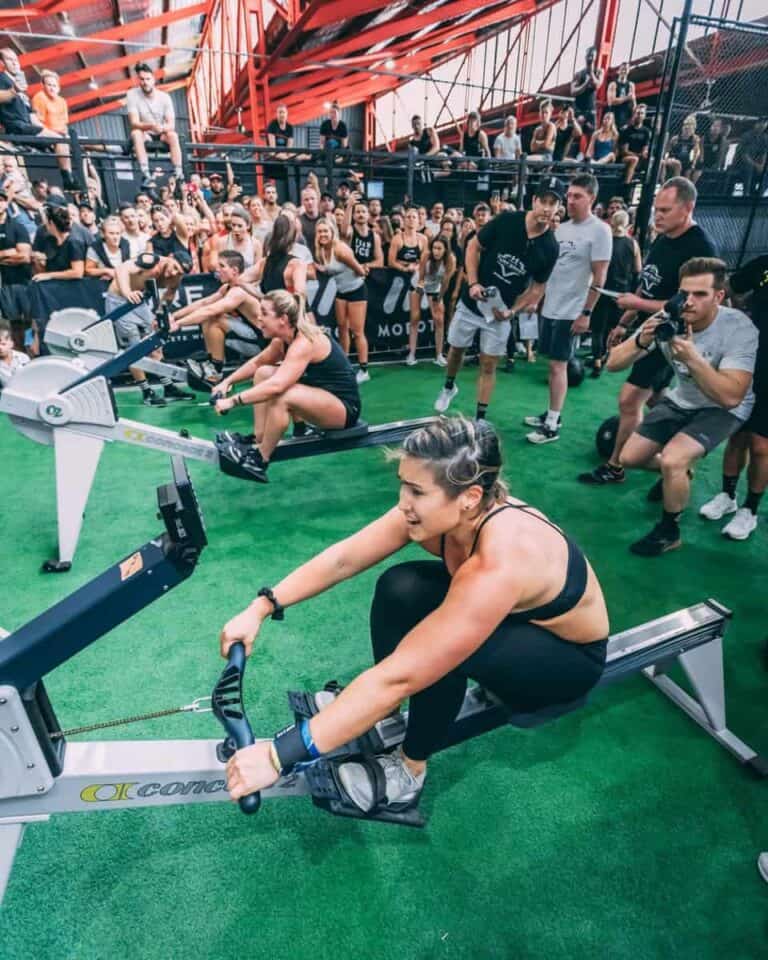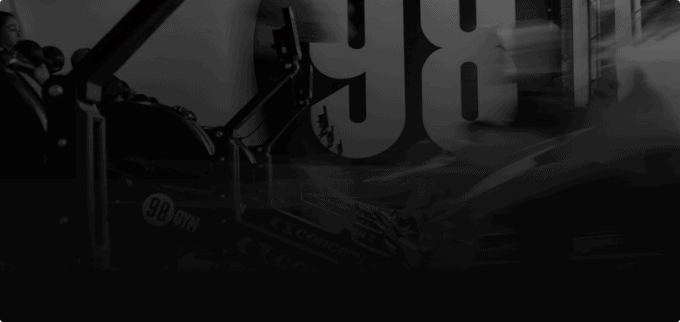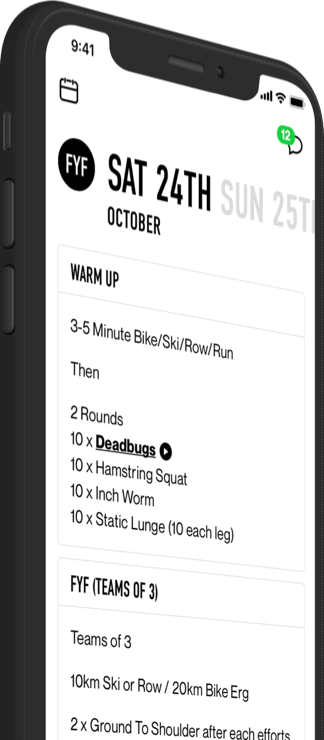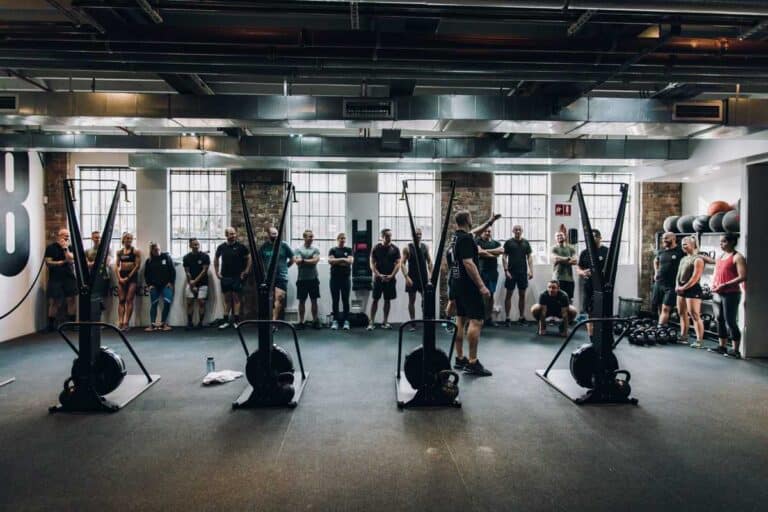The context that you give to the sensation you feel from the autonomic arousal that your body uses to elevate its level of preparedness prior to competition, is the biggest indicator of how it will impact you. If you define it as a positive it can optimize your level of performance, but if you define it as negative, you are likely to underperform or even choke. The information below should help correctly define this feeling and improve your levels of performance.
Feelings of nervousness or Pre event anxiety is a common phenomenon prior to competing at any important competition. The more important the competition or the outcome is to you, the more likely you are to experience greater feelings of anxiety. This feeling of anxiety can then manifest itself into worry, or self-doubt, increasing in magnitude and can often result in underperforming or chocking at critical moments. Despite all the physical preparation you do, the biggest impact on our performance is the level of pressure you perceive that your under.
The fact is that this feeling of pre-competition nerves is just the biological process of the body preparing to up-regulate in order to compete at its peak ability. The problem is that this biological change results in a sensory change of feeling, this change in states requires an internal explanation to interpret what this means to us so we put it into our own context, generally the most appropriate context from what has been defined to us from our childhood. The context that we have been given from an early age to explain this feeling is that, its nerve’s or anxiety and this creates our perception of anxiety. Even a slight change in nutrition with pre competition fueling can result in small changes in sensation from ingestion and absorption that can impact the context you give, mistaking ingestion sensation for changes in emotion. The reality is that this response is a positive action and is essential to raise our ability to perform at our peak when it really matters.
So, what is this response?
The change itself is our primitive response to threat, or more simply our threat response. This threat response was designed as part of our evolutionary development to give us our best chance of surviving potential physical conflict. In a primitive context this could have been anything from direct battle for territory, food, hunting down a meat source, defending ourselves as a meat source from a predator or any number of threats that could result in physical action and potential harm. The issue is that we have evolved beyond the basic need to battle for survival and created an environment where the threat context has changed. However, our response and primitive systems have not evolved at the same pace, leaving us with a primitive threat response system that is still incredibly efficient but often misunderstood.
When we are confronted with a threat or challenge, our threat response up regulates and modifies several biological functions that impact the way in which we perform. With the intent to provide us with increased focus, better energy utilisation, higher motivation to endure and accelerated ability to learn and adapt. This change results in a change in internal sensation and if interpreted correctly prepares us to hit peak performance for the coming activity. When we misinterpret this or have been given the wrong context, we see it as anxiousness or nerves, this in turn influences the way in which we mentally frame the impending challenge. It also increases the identification of perceived threats within the incoming information and what we scan for and subsequently filters out the important information we need to make accurate assessments and decisions.
Despite what you have been told in the past, that feeling you get when you are about to compete or get involved in something important. It’s a positive change, or even a necessity to provide the platform for optimal performance. The greater the challenge the higher the magnitude of this response, to the point where many elite competitors are physically ill prior to an event. Even concerning those around them when they don’t respond to this level as they are likely under prepared for level of performance required.
So, to help transition that feeling from anxiety to positive anticipation here are a couple of other quick tools.
Understanding the impact – Knowledge dispels fear!
If we misinterpret this change in sensation as a negative or falsely classify it as the concept of anxiety, there is an increase in the perception of pressure we put on ourselves and a subsequent increase in both our threat response and the identification of threats within our environment. This then works within our subconscious and what is considered as confirmation bias, to scan and filter the information from the environment for supporting evidence that confirms our fears or doubts about what we are capable. This then compounds our anxiety, as it is often a measure of the difference between our perceived ability and the perceived difficulty level of the task. A difference here creates a gap increasing the perceived level of pressure and anxiety. At a cognitive level, this perceived anxiety then changes the frequencies and blood flow within the brain to excite the areas associated with short term memory and heightened emotion and inhibiting long term memory, motor cortex and the sensory cortex which are all essential for peak competitive performance. Among several other impacts, this shift in memory relies upon recalling the skill from short term memory rather than long term, compromising the level of skill execution. As short-term memory has limited capacity this also creates decreases in all motor functions and information processing as well as increasing the level of perceived effort ultimately reducing your work output.
By understanding the negative impacts and working to shift the focus and correctly classify any change in state of feeling as a positive, we can avoid the cascade of negative impacts on our performance.
Framing
The first step in ensuring this response is not misinterpreted is to frame it as an essential change to your level of preparedness prior to competition. Understand that without this up regulation you are not going to be suitably prepared or reach the level you need for optimal performance.
Just understanding the reason for this change in biological sensation is going to help correctly classify and put It into context to help improve performance.
Breathing
Focusing on breathwork is an efficient method to regulate the rise in the central nervous systems increase in response to challenge. If you want to increase your preparedness to up regulate, focusing on breathing in will cause an increase in sympathetic activity which increases your level of arousal. While focusing on out breaths will increase parasympathetic activity and work to regulate the arousal level and can be used to down regulate post activity to assist in transfer from activity to recovery. Especially if there is multiple competition event over a day or multi day period. A box breathing protocol 4in, 4 hold, 4 out, 4 hold or simple six second in and six second out for 2 – 4 minutes van be effective to improve regulation
If you have ever seen a powerlifter breath Up prior to a big lift this is to increase autonomic arousal and help with performance for such a gross motor action. In contrast, where you might need to breath down to control anxiety and down regulate to perform a fine motor skill or remain calm just prior to competition.
Re focusing
Focusing on internal breathing or sensations for 10 – 15 seconds and then focusing on the external environment, such as sounds or the feeling of anything in contact with you for similar time. Repeat this 2 – 3 times to adjust your mental attention and focus away from worry.
Focus on what you need to do
A big one here is to focus only on what you need to do. As competition draws near, utilise visualisation or mental rehearsal to concentrate on what you need to do. Go over your plan and understand on what you need to do and what you can control.
Contingencies
The last, and one of the most important is to understand what obstacles you might come across. Have a plan of action for any issue that are likely to arise, so if that obstacle materializes you can go straight into action rather than worrying about how it’s going to affect you. Even though you can’t prepare for everything or control your whole environment by learning to refocus on the solution and how to solve the problem you can minimize any time spent concerning about the issue or any negative psychophysiological change that may result from the negative thought patterns.
Our mind is our most effective tool in reaching peak performance and by understanding some of the mechanisms and strategies to optimize your mental game you can learn to reach peak performance regardless of the level of perceived pressure you feel your under. The best way to perform at your peak in competition is approach your preparation with the appropriate attitude and take every opportunity to expose yourself to pressure and competitive performances in training and everyday life.
For more articles by Dan Cooper jump on the 98 Online 14 Day Free Trial HERE!

